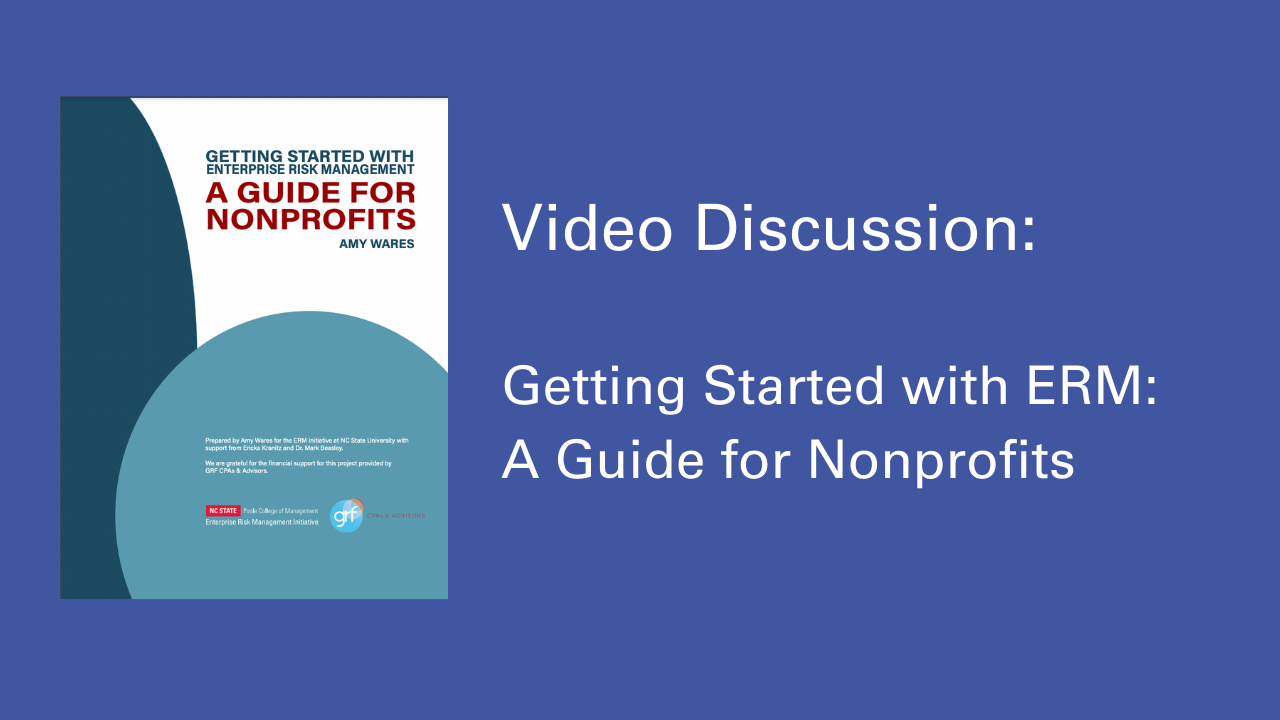ERM and Strategy

New Resources: ERM Tools & Techniques

Discussion about the Importance of Integrating ERM and Strategy

Use Strategic Lingo Versus Risk Lingo When Engaging C-Suite Executives
Podcast on Enhancing the Strategic Value of Risk Oversight
